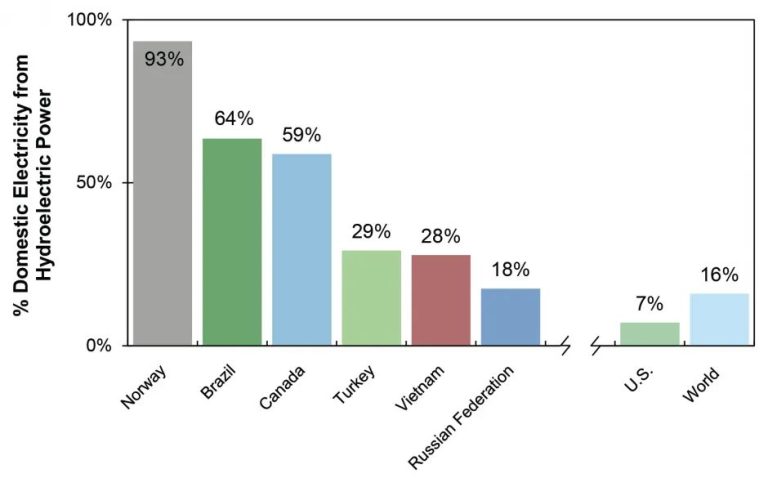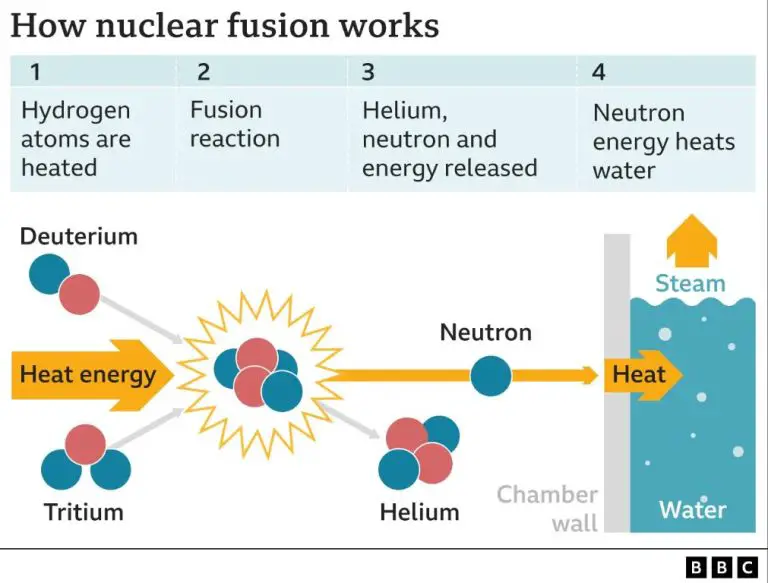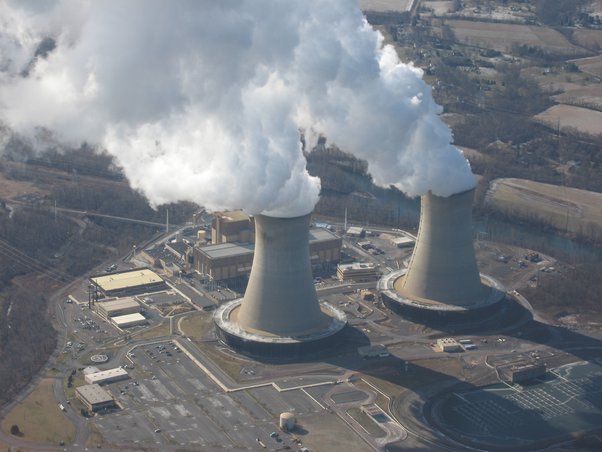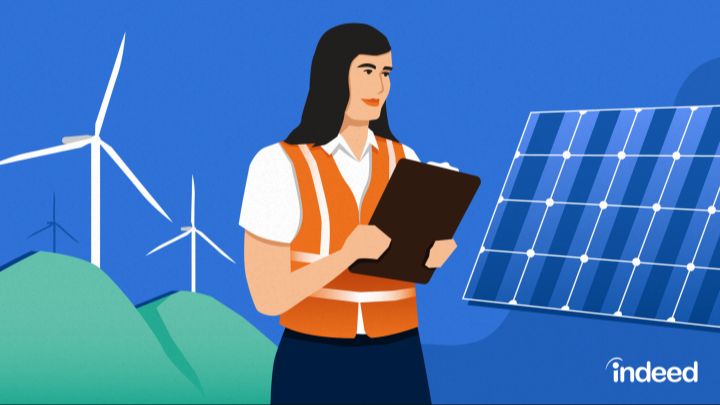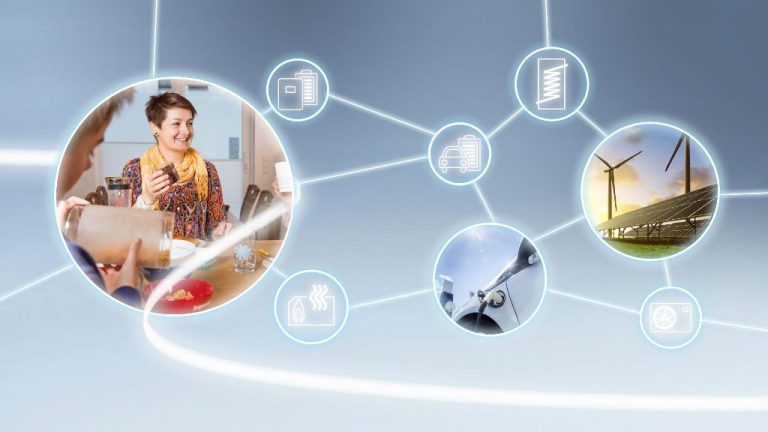Is Green Energy Always Clean?
Green energy, also known as clean energy, refers to sources of energy that are renewable, sustainable, and emit little to no greenhouse gases. This includes wind, solar, hydropower, geothermal, and biomass energy. In contrast, fossil fuels like coal, oil, and natural gas are not considered green energy because they are nonrenewable and release high levels of carbon emissions when burned.
In recent years, there has been a growing debate between continuing to rely on fossil fuels versus transitioning more towards green energy sources. Proponents of green energy argue it can help mitigate climate change by reducing greenhouse gas emissions. However, critics claim green energy is too expensive and not yet reliable enough to fully replace fossil fuels. This article examines whether green energy is always clean, the tradeoffs involved, and the role it could play in building a more sustainable future.
Source: https://vsyo.avarina.net/
Types of Green Energy
There are several major types of green or renewable energy sources. Some of the most common include:
Solar energy harnesses energy from the sun through technologies like photovoltaic panels to generate electricity. Solar energy can be used for heating, lighting, charging, and more. It is a fast-growing renewable source (Nationalgrid.com, 2022).
Wind power utilizes wind turbines to generate electricity. Wind energy is one of the lowest priced renewable energy technologies and has seen dramatic growth in capacity over the last decade (Nationalgrid.com, 2022).
Hydroelectric power generates electricity using the energy from flowing water, often from dams. It provides almost 7% of U.S. electricity. Hydropower production has remained relatively steady in recent years (Nationalgrid.com, 2022).
Geothermal energy harnesses heat energy from underground hot water sources to produce steam and generate power. The U.S. leads the world in geothermal electricity generation capacity (Nationalgrid.com, 2022).
Biomass energy uses organic plant and animal waste as a fuel source through direct burning, conversion to liquid biofuels, or conversion to biogas. Biomass provides about 5% of total primary energy use in the United States (Nationalgrid.com, 2022).
Benefits of Green Energy
There are many benefits of using renewable green energy sources like wind, solar, geothermal, and hydropower. Green energy is renewable and sustainable, meaning it won’t run out like fossil fuels. Green energy also reduces greenhouse gas emissions that contribute to climate change. According to the EPA, “Generating energy that produces no greenhouse gas emissions from fossil fuels and reduces some types of air pollution”. By replacing fossil fuel energy sources, green energy can improve public health by reducing harmful air pollution.
Investing in renewable energy also creates jobs installing, manufacturing, and maintaining things like wind turbines and solar panels. The Department of Energy reports that “Renewable energy can be used for electricity generation, space and water heating and cooling, and transportation.” This versatility allows green energy to power homes, businesses, vehicles and more – all while providing economic and environmental benefits.
Challenges of Green Energy
While renewable energy sources offer many benefits, they also come with some key challenges. One major drawback of solar and wind power is their intermittent nature. Solar energy relies on sunny days and wind turbines require steady breezes to generate electricity. This can lead to unreliable power output and difficulties meeting demand when the weather isn’t cooperating (source).
Another challenge with renewable energy technologies is their high upfront costs. Building large solar or wind farms requires significant capital investment, more so than traditional power plants. Though renewable systems often pay for themselves over time, the initial installation costs can deter adoption (source).
There are also potential land use conflicts associated with large scale renewable projects. Wind and solar farms take up a lot of physical space and some oppose their construction in scenic natural areas. Additionally, solar panels and wind turbines may impact wildlife habitats if not properly sited and mitigated.
Is Green Always Clean?
While renewable energy sources like solar, wind, and hydroelectric power produce significantly fewer emissions than fossil fuels when generating electricity, they are not completely emissions-free over their full lifecycle. Manufacturing solar panels, wind turbines, batteries, and other components requires mining and industrial processes that emit greenhouse gases. However, life cycle analyses show that the carbon footprint of renewable energy systems is still far below that of fossil fuels.
One study estimates that renewable energy sources typically emit about 50 grams or less of CO2 emissions per kWh over their lifetime, compared to nearly 1,000g for coal and 600g for natural gas [1]. Renewable technologies still produce some emissions from raw material extraction, transportation, construction, maintenance, and decommissioning. Solar PV and wind have the lowest lifecycle emissions, followed by hydropower. Biomass and biofuels have the highest emissions among renewables.
While hydroelectric dams don’t burn fuel to generate electricity, reservoirs still produce greenhouse gases from decomposing vegetation and nutrient runoff. However large-scale hydro projects under 100 megawatts produce fewer emissions than almost all fossil fuel plants. Overall, a substantial transition to renewables combined with increased energy efficiency could provide over 90% of the reductions needed to reach zero net emissions [2].
Improving Sustainability
As the world transitions to renewable energy, improving the sustainability of these technologies is crucial. New innovations can enhance efficiency and extend the lifespan of materials used in solar, wind, geothermal and other renewable systems. Proper disposal and recycling of system components is also essential to minimize waste and environmental impact.
Emerging technologies like perovskite solar cells and high-efficiency multi-junction PV panels can greatly improve solar efficiency over traditional silicon cells. Novel turbine blade coatings and shapes optimize wind power generation. Using recycled metals and plastics in manufacturing helps reduce consumption of new materials. Thermal energy storage techniques allow geothermal plants to deliver power on demand.
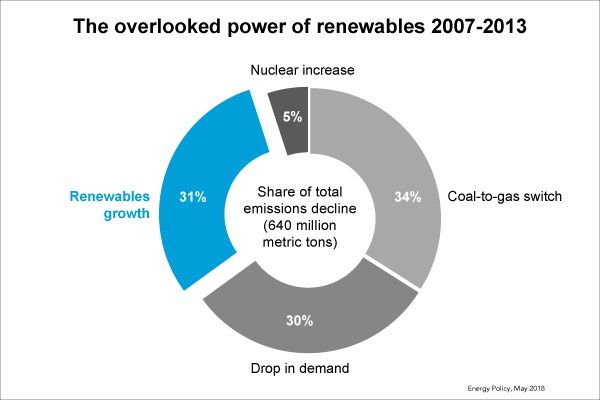
Recycling wind turbine blades into cement material diverts waste from landfills. Recovering rare earth metals from PV panels through chemical processes reduces the need for new mining. Safely disposing of lithium-ion batteries from energy storage avoids groundwater contamination. Implementing extended producer responsibility ensures manufacturers manage end-of-life recycling.
With thoughtful sustainability practices, renewable energy can provide abundant clean power for generations to come. But it requires continued commitment to efficiency, innovation, and responsible lifecycle management.
Policy Support
Government policies and regulations play a critical role in accelerating the adoption of renewable energy and reducing reliance on fossil fuels. The U.S. federal government has enacted several laws and initiatives aimed at incentivizing renewable energy, including tax credits for wind and solar power. Some key policies include:
The Energy Policy Act of 2005, which established the first federal production tax credit for renewable energy sources like wind, biomass, geothermal, and solar (https://www.energy.gov/femp/federal-agency-use-renewable-electric-energy). This provides financial incentives for companies to invest in clean energy production.
State renewable portfolio standards, which require electric utilities to source a certain percentage of their electricity from renewable sources. As of 2022, 30 states and Washington, D.C. have adopted renewable portfolio standards (https://www.epa.gov/statelocalenergy/state-renewable-energy-policies). These policies drive renewable energy deployment.
On the fossil fuel side, regulations like the EPA’s Clean Power Plan aim to reduce carbon emissions from power plants. Though this regulation is currently suspended, it signals government intent to curb emissions (https://www.energy.gov/scep/slsc/policies-and-programs). Tighter regulations on drilling, mining, and emissions further disincentivize fossil fuel use.
Public Opinion
Public support for renewable energy in the U.S. is high according to recent polling. A Pew Research Center survey from March 2022 found that 69% of Americans say developing renewable energy should be a higher priority than expanding fossil fuel sources (source). Another Pew poll from June 2023 showed 82% of Americans favor expanding solar panel farms and 75% support more wind turbine farms (source).
Grassroots environmental campaigns have also mobilized significant public engagement around transitioning to renewable energy. Groups like the Sierra Club, 350.org, and the Sunrise Movement have organized high-profile events, rallies, petitions, and lobbying efforts to pressure policymakers on clean energy policy.
The Future
Renewable energy sources like solar and wind are projected to see massive growth in the coming decades. According to the UN, renewable energy capacity is set to expand by over 60% between 2019 and 2024 (Source). Key growth areas include solar photovoltaics, onshore wind, and offshore wind. Another report projects that renewables will overtake coal by 2025 as the world’s largest source of electricity generation (Source).
The rapid growth of renewable energy will play a critical role in fighting climate change. Unlike fossil fuels, renewable sources produce little to no greenhouse gas emissions. Widespread adoption of renewables can significantly reduce global carbon emissions and help limit global warming. According to the UN, renewable energy could provide over 90% of the reductions in CO2 emissions required in the energy sector by 2050 to meet Paris Agreement goals (Source). The future of clean energy looks bright, but continued policy support, public engagement, and technological innovation will be needed to realize the full potential of renewables.
Conclusion
In summary, green and renewable energy sources like solar, wind, and hydroelectric power offer immense potential benefits over fossil fuels when it comes to reducing greenhouse gas emissions and combating climate change. However, renewables are not perfect. There are still environmental impacts from mining materials, land use changes, and habitat disruption that must be addressed. While renewables represent the future, they require further innovation and policy support to maximize sustainability.
The transition to a low-carbon energy system will be challenging. It requires balancing affordability, reliability, and environmental goals. There are difficult tradeoffs around land use, wildlife impacts, and reliability with some renewables versus the air pollution and climate risks of fossil fuels. With thoughtful policies, technological improvements, and public engagement, green energy can deliver on its promise of clean, sustainable power for society.

